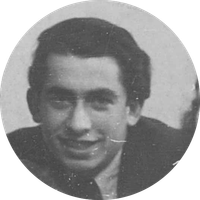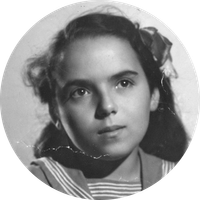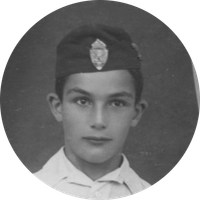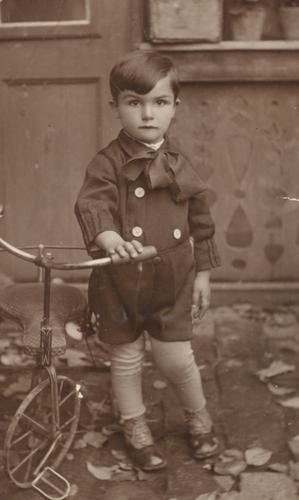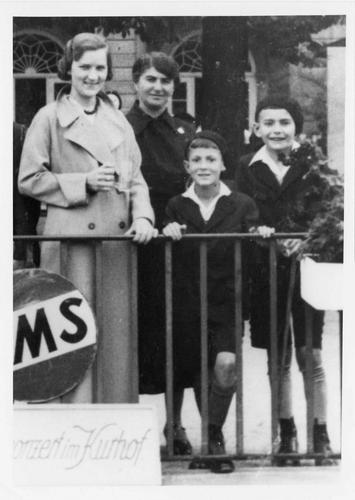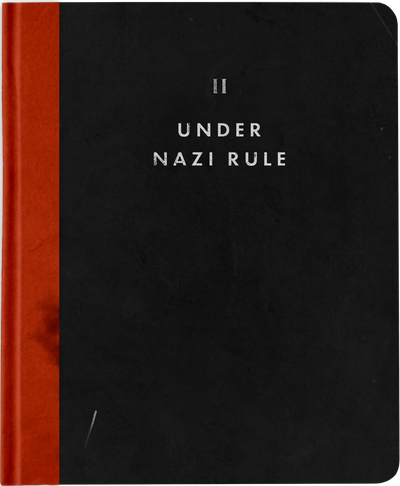Chapter 2
Conflict and Community
Before the Holocaust touched their lives, it was common for Jewish youth in Europe to grow up playing and learning alongside their non-Jewish classmates and neighbours. Sometimes these relationships were peaceful, but this was not always the case.
Scroll Down

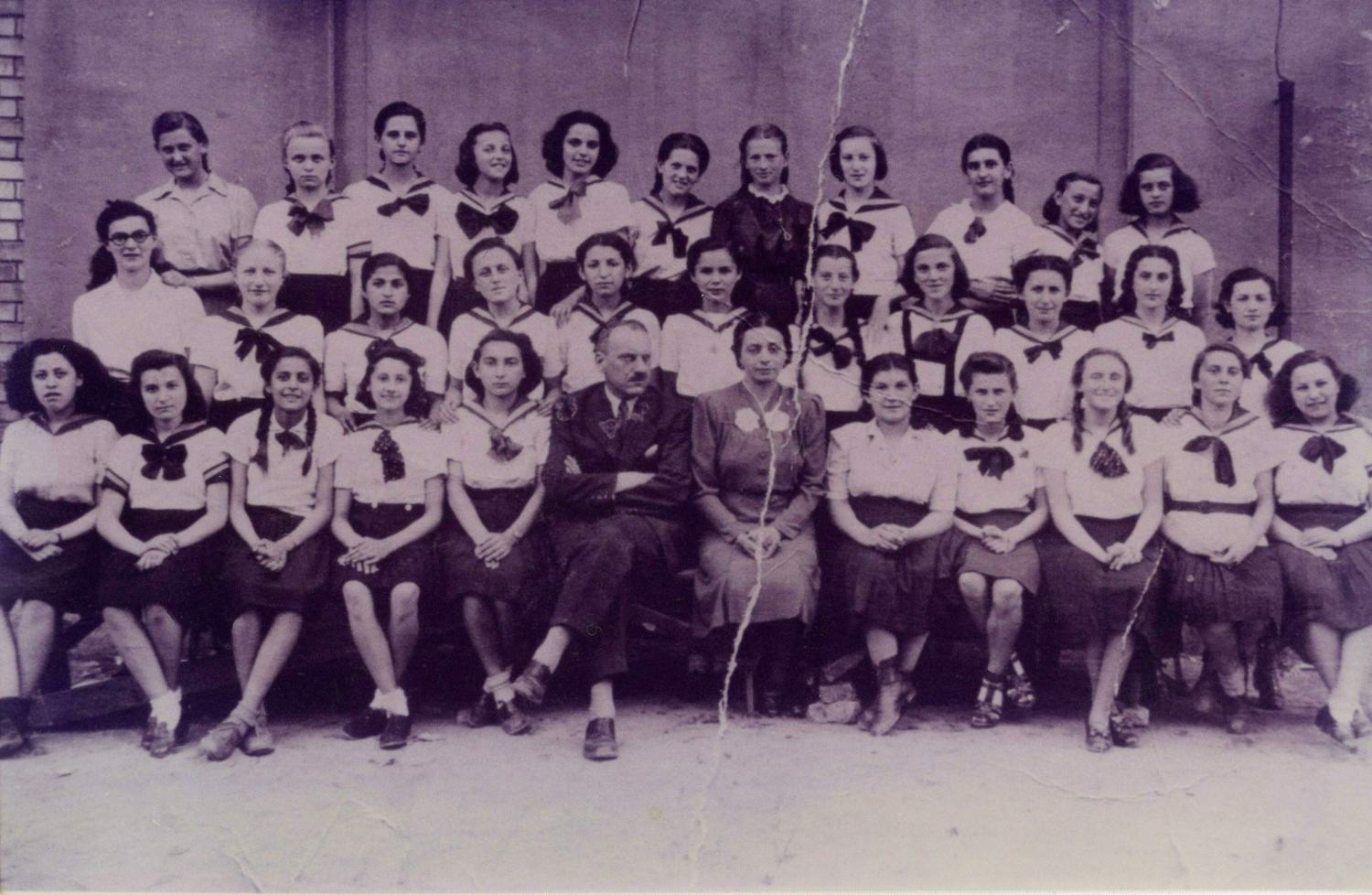
Judy Cohen (back row, fourth from the left) with her middle-school class. Debrecen, Hungary, circa 1940. Azrieli Foundation, courtesy of Judy Cohen.
Relative Harmony
“The village consisted of different communities, each with their traditions, that lived in relative harmony until the Germans arrived. Kortelisy accommodated a church and a synagogue, as well as the passing Roma who had no permanent address. And even though the communities did not often mix or have nice things to say about each other, they usually dealt peacefully with each other.”
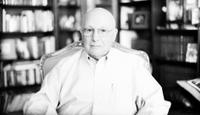
A Diverse Community
00:56
“Dirty Jew”
“I felt like our Jewish community was entirely integrated, accepted and respected in town. However, there were times that I was on my way to or from school when a child, who might have been angry with me, called me a ‘dirty Jew.’ It was unpleasant, but it didn’t go any further than that.”
map
Historical Jewish Presence in Europe
Before World War II, Jewish communities had been part of the fabric of Europe for centuries. Click on “Learn more” to explore a map of pre-war Europe, and hover over the pins to view how long Jews had been living in each country.

